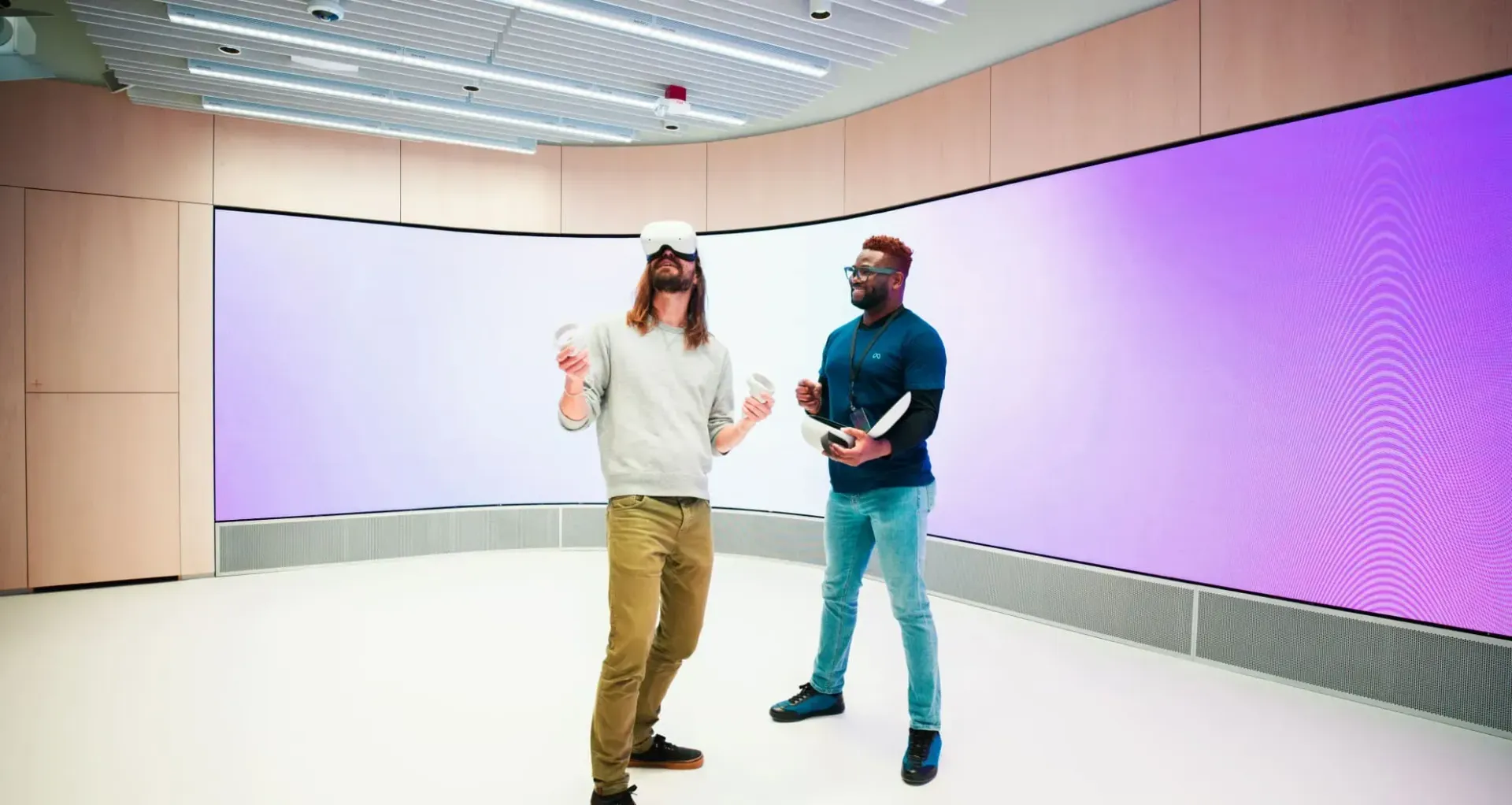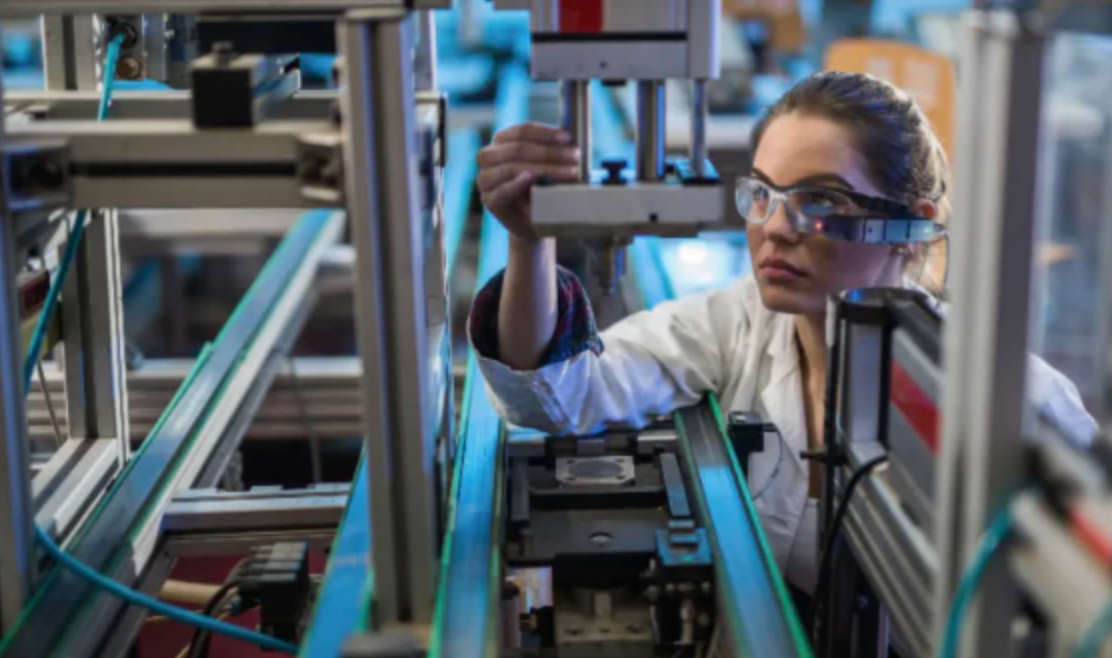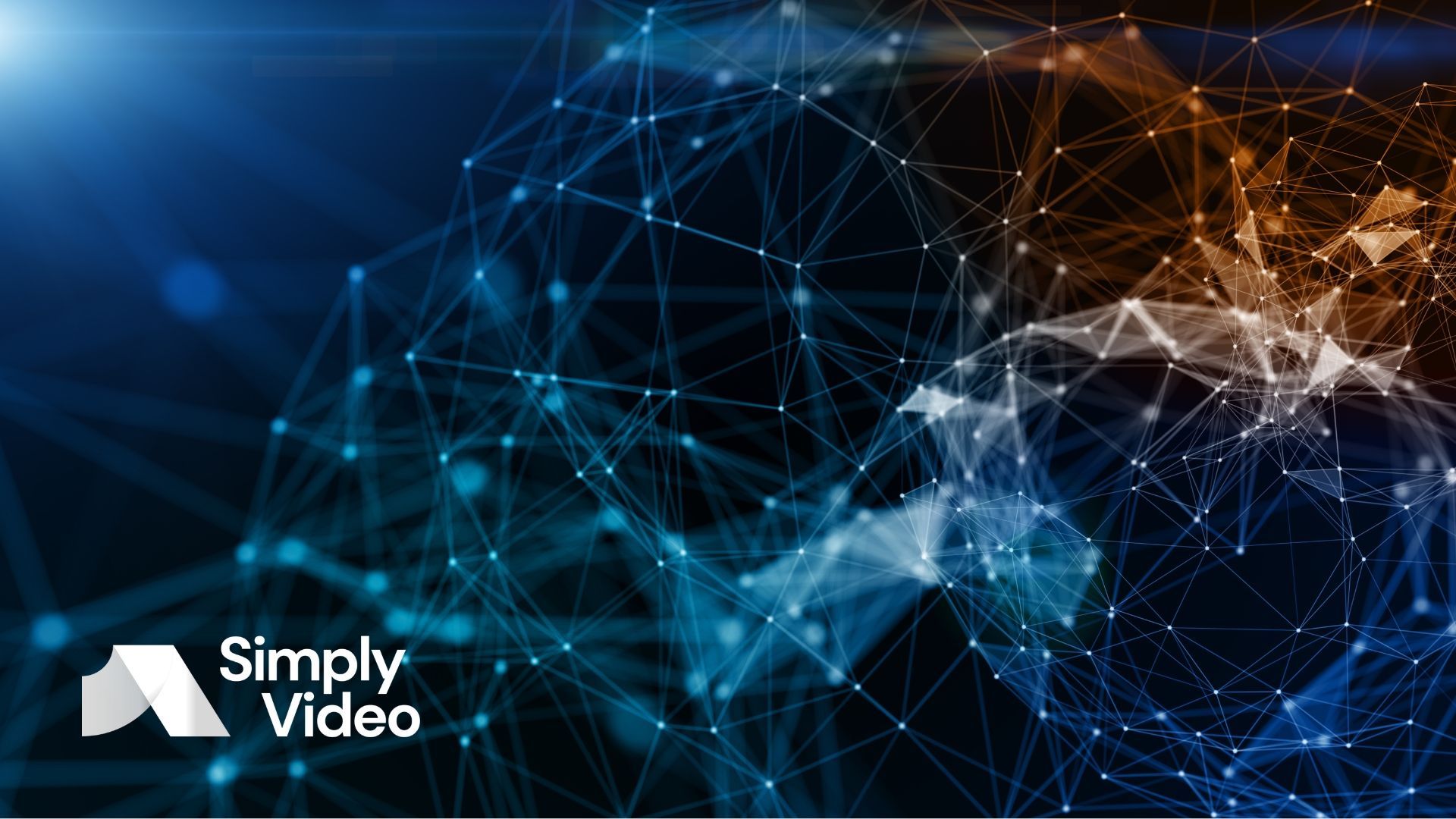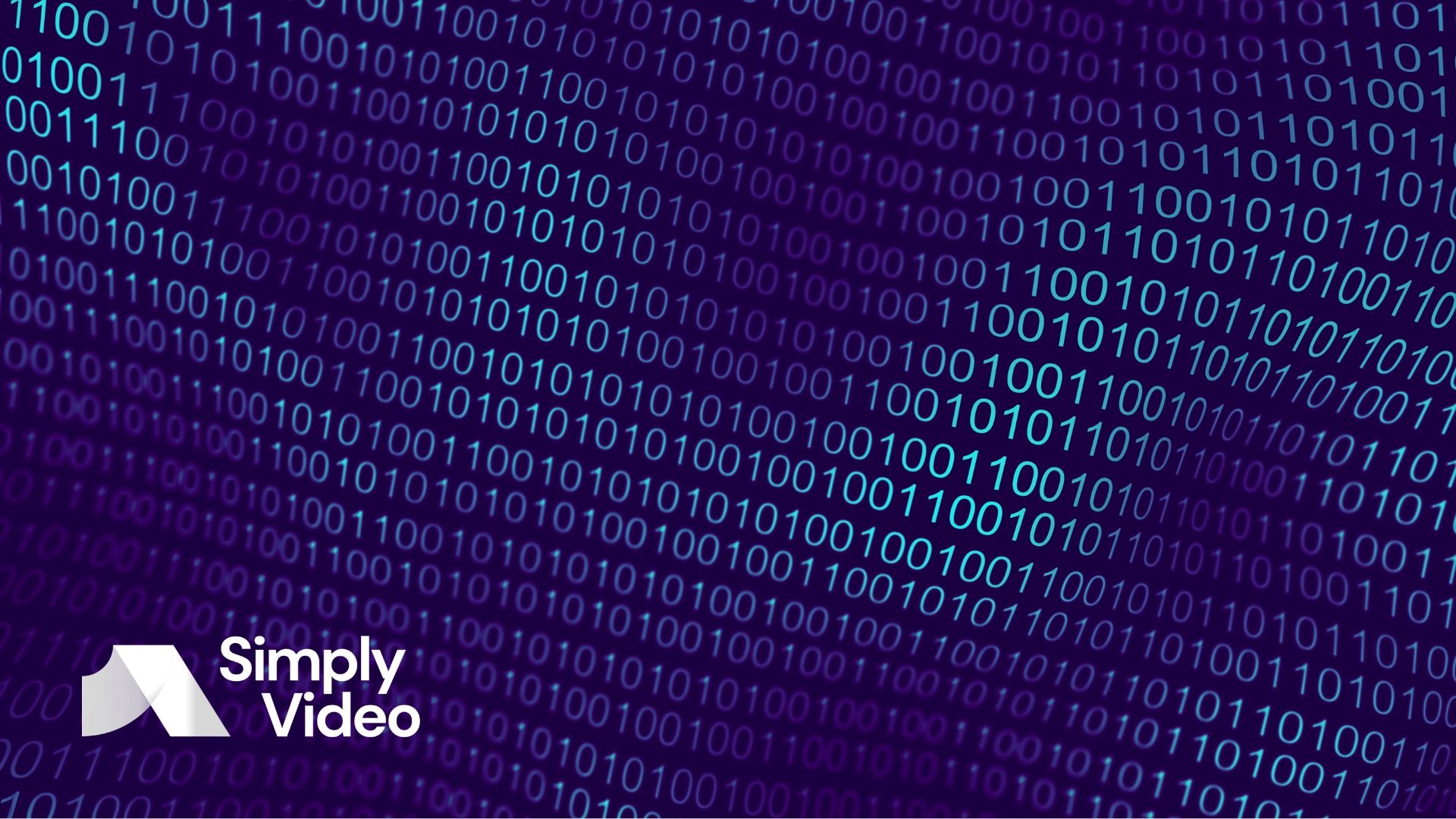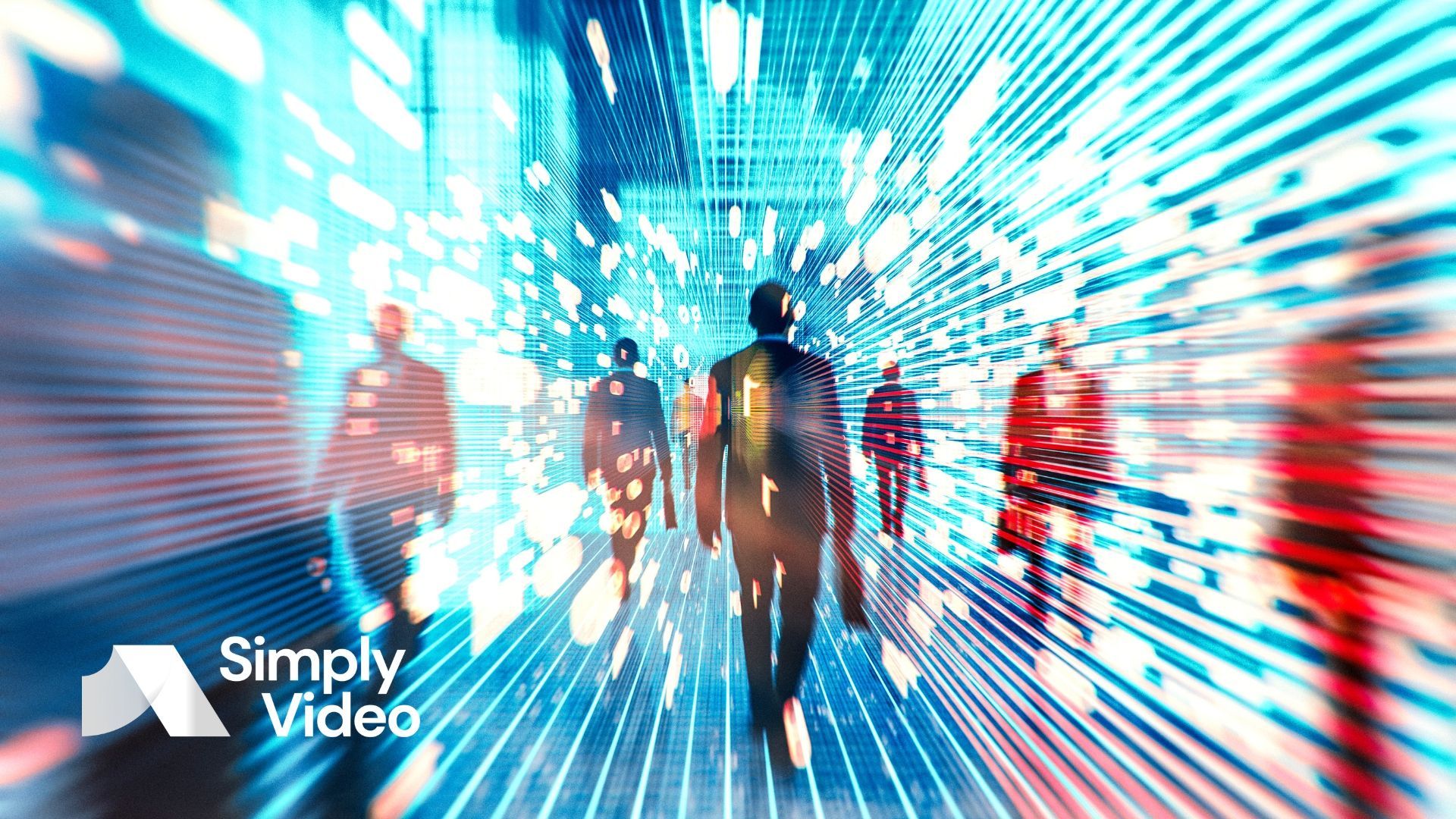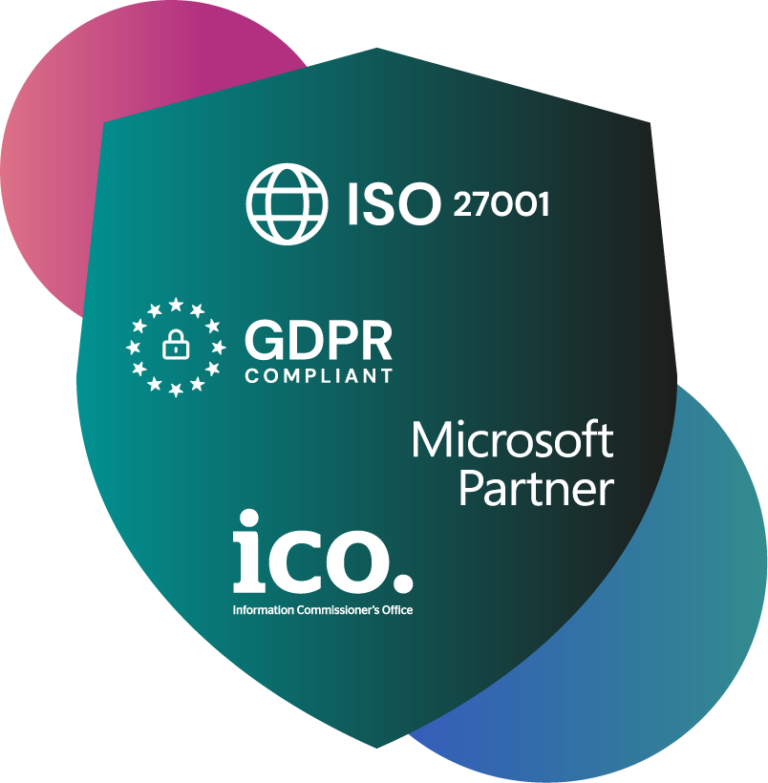XR for remote support: transforming data collection and reporting
Data is everything in remote support. Learn how XR can help your department gather and use data, as well as boost support KPIs.
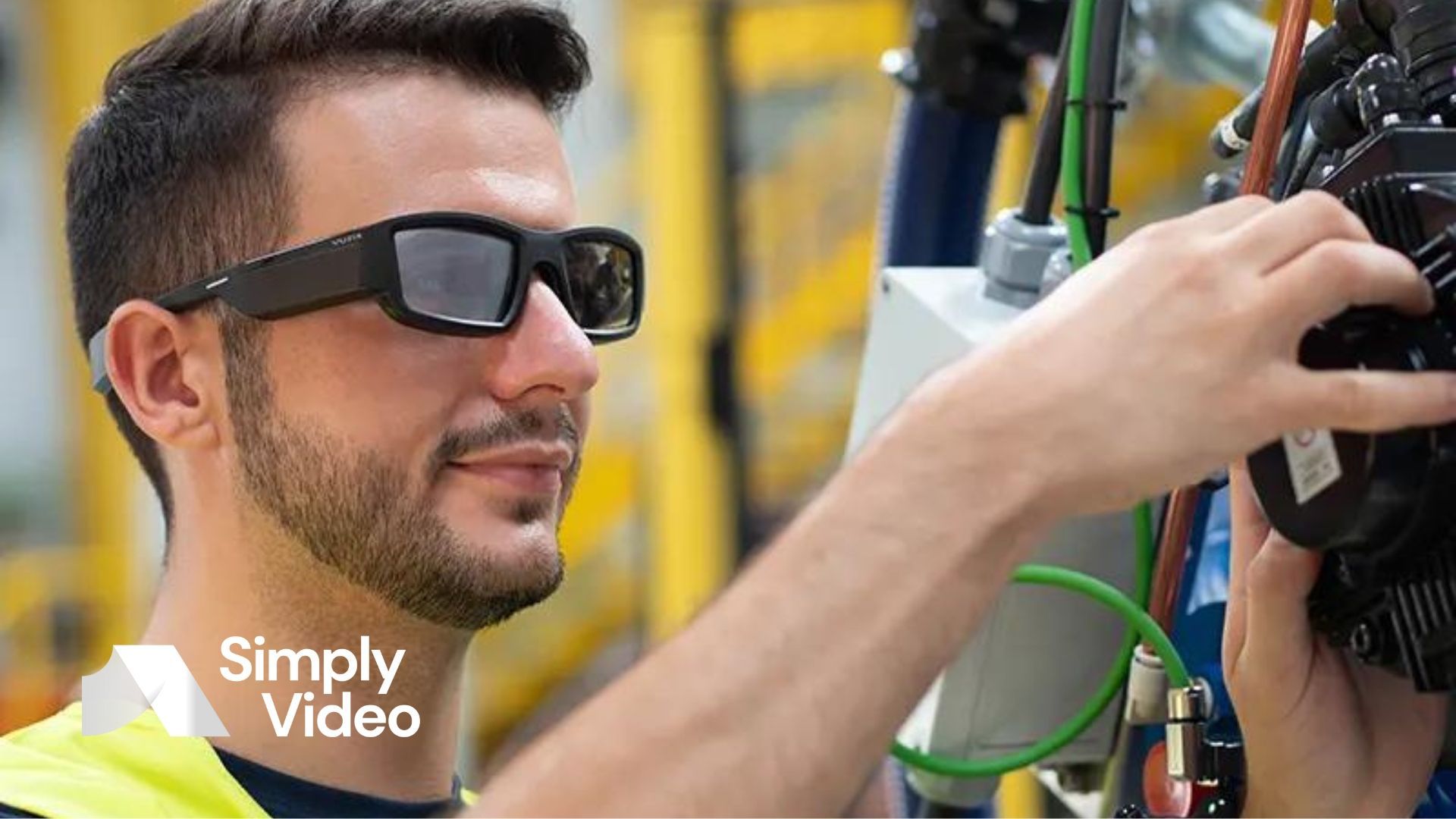
If the modern world was a machine, it wouldn't run on coal or wind or natural gas. It would run on data.
Data is everything. Data fuels ideas, unlocks insights and guides strategies. And if you want to compete in the information age, you'll need vats full of the stuff – whether you're head of marketing or you're selling novelty air fresheners on eBay.
Remote support is no exception. If your support function can't gather, process and act on useful data, you can't gauge success or identify areas for improvement. You're in stasis. You may as well connect callers to the local bowling alley – as far as you know, they might do a better job.
This stasis has knock-on effects, of course.
Let's say you're managing a contact centre for engineers in the field. If your operatives aren't meeting targets – and you don't have the data to do something about it – this means fewer first-time fixes for those engineers. That means more downtime, which means lost revenue.
This is why it's so important to have a robust data collection and reporting system in place. Data insights can help identify knowledge or performance gaps and engender a sense of trust in your service that ripples across the business at large.
If you're in charge of a remote support function, we're probably preaching to the choirmaster. You no doubt know the value of data. You've got your KPIs nailed down and you watch them like a hawk in a guard tower.
But there's always room for improvement. New technologies are developed all the time. And extended reality (XR) is perhaps the most disruptive and effective tool to hit remote support since the smartphone.
In this article, we look at how XR hardware – in combination with data-friendly collaboration software like
SimplyVideo – can improve efficiency for operatives and unlock new data insights for managers.
The value of XR for remote support
XR is a broad church. Under its banner, you'll find headline-grabbing technologies like virtual reality (VR) and augmented reality (AR). Both rely on powerful hardware to replace or augment the user's perception of the world around them.
But XR also encompasses a relatively simple, affordable and scalable technology called assisted reality (aR).
aR smart glasses don't try to conjure up rich virtual worlds or create complex 3D maps of the space you're in. Instead, they work a little like wearable smartphones. The devices are equipped with small screens – often mounted on boom arms – and front-facing cameras.
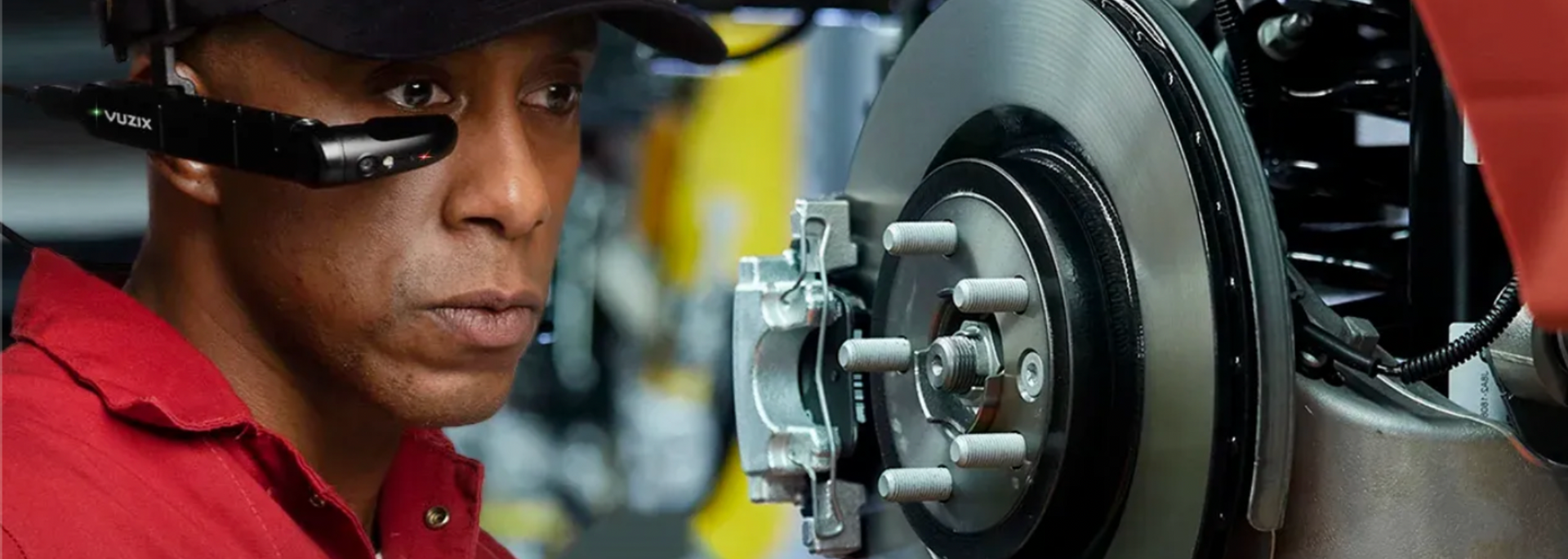
This simple but ingenious design empowers users to work, learn and collaborate hands-free. And it gives remote support operatives a close-up view of the action – without compromising on safety or productivity.
Imagine an engineer working in a factory. A critical piece of machinery has broken down and production is at a standstill. They need help to find a fix, pronto.
No problem. The engineer can simply pop on a pair of smart glasses and dial into a video call with a remote expert at your contact centre.
Your expert can now "see through the eyes" of the stumped engineer. With a close-up view of the problem at hand, they can give detailed, real-time, step-by-step instructions.
This experience is light years ahead of what smartphones can muster.
When workers are waving phones around to try to explain a problem, they're compromising their safety and situational awareness. But with XR wearables, they're free to follow instructions as they're spoken – unencumbered by bulky tech or unnecessary cognitive load.
It's worth mentioning, too, that many XR devices include noise-cancelling technology to allow for clear, uninterrupted communication in high-decibel environments.
The results are transformative. XR gives remote support functions the tools they need to collaborate and solve problems in today's hyper-connected – and fast-moving – enterprise environments.
How XR helps with data collection and processing
XR makes collaboration fast, safe and seamless – and this has obvious knock-on benefits for help desk KPIs.
Less room for miscommunication means more first-time fixes, for a start. And the ability to give and follow real-time instructions leads to faster resolution times.
It's likely, too, that user satisfaction scores will increase as service users are empowered to find solutions quickly and effectively.
But improved KPIs don't mean much without a clear view of the data behind them. Sure, XR devices might boost your metrics – but can they feed into your existing data pipelines?
The answer is yes – if you have the right software on board.
This is where SimplyVideo comes in. Our XR-enhanced
video collaboration platform is designed with data visibility and interoperability at its core.
We know that XR is a relatively new technology. And new technologies risk becoming walled gardens if developers take a hostile approach to third-party apps.
Instead, we've embraced existing infrastructure with open arms. We've made sure that SimplyVideo integrates beautifully with popular videoconferencing solutions like Microsoft Teams and Google Meet.
What does this mean for you? It means that if your remote support function uses Microsoft Teams or Google Meet, it will work right out of the box with SimplyVideo.

And if your help desk software integrates with Microsoft Teams or Google Meet, it will – by proxy – also integrate with SimplyVideo.
As a result, SimplyVideo can pipe useful quantitative data right into your existing system. Call times, call lengths, abandonment rate… You name it.
But the benefits don't stop there. SimplyVideo can also help you collect useful qualitative data that can bolster decision-making and inform performance reviews.
It's all thanks to a feature called Chat 4.0. This is an evolution of the now-ubiquitous chat box that focuses on multimedia data collection and sharing.
Chat 4.0 can do many things. One of its primary functions for remote support is in-call annotation. This allows a remote expert to take a screen grab of an XR user's video feed, annotate it and post the results in the chat.
It allows users to share documents too – as well as record the video call as it's conducted.
All of these assets are saved as a light audit trail in the SimplyVideo cloud. If you need to review anything – for a performance review or compliance check, for instance – it's ready to access when you need it.
Final thoughts
Remote support, like any business function, depends on data and KPIs to deliver an effective and competitive service. XR has transformative potential for remote support – not only as a way to boost these KPIs but also to help you gather the data that fuels them.
Want to try SimplyVideo before you buy?
Sign up here for your 30-day free trial.
